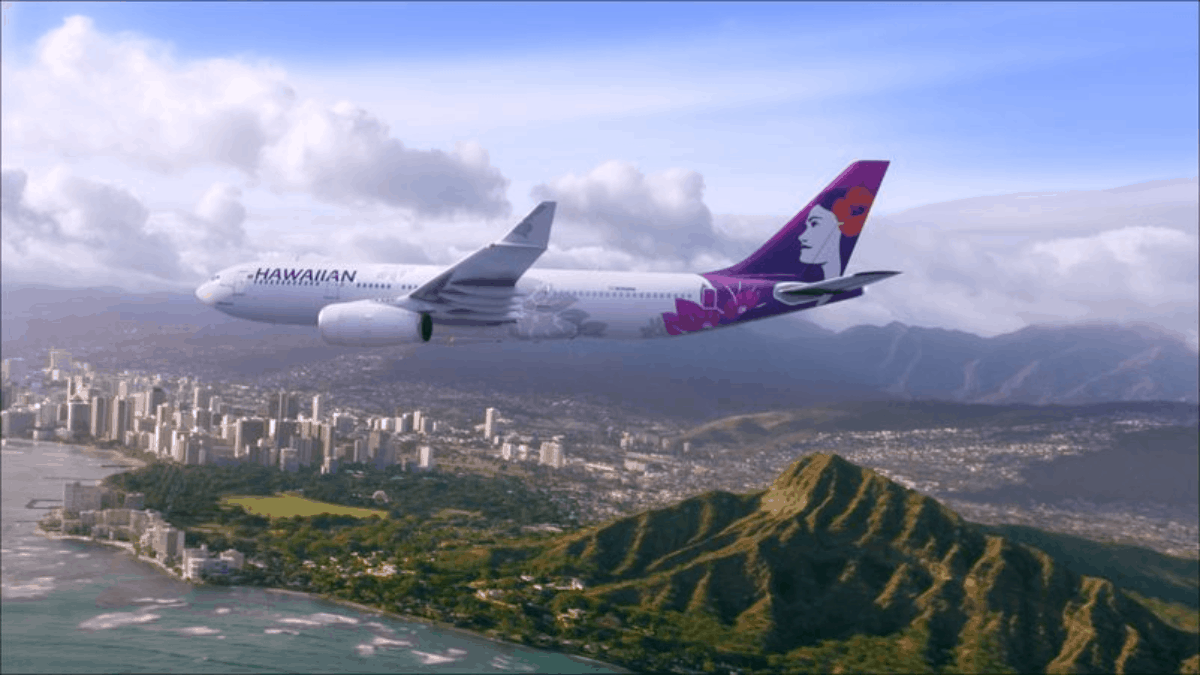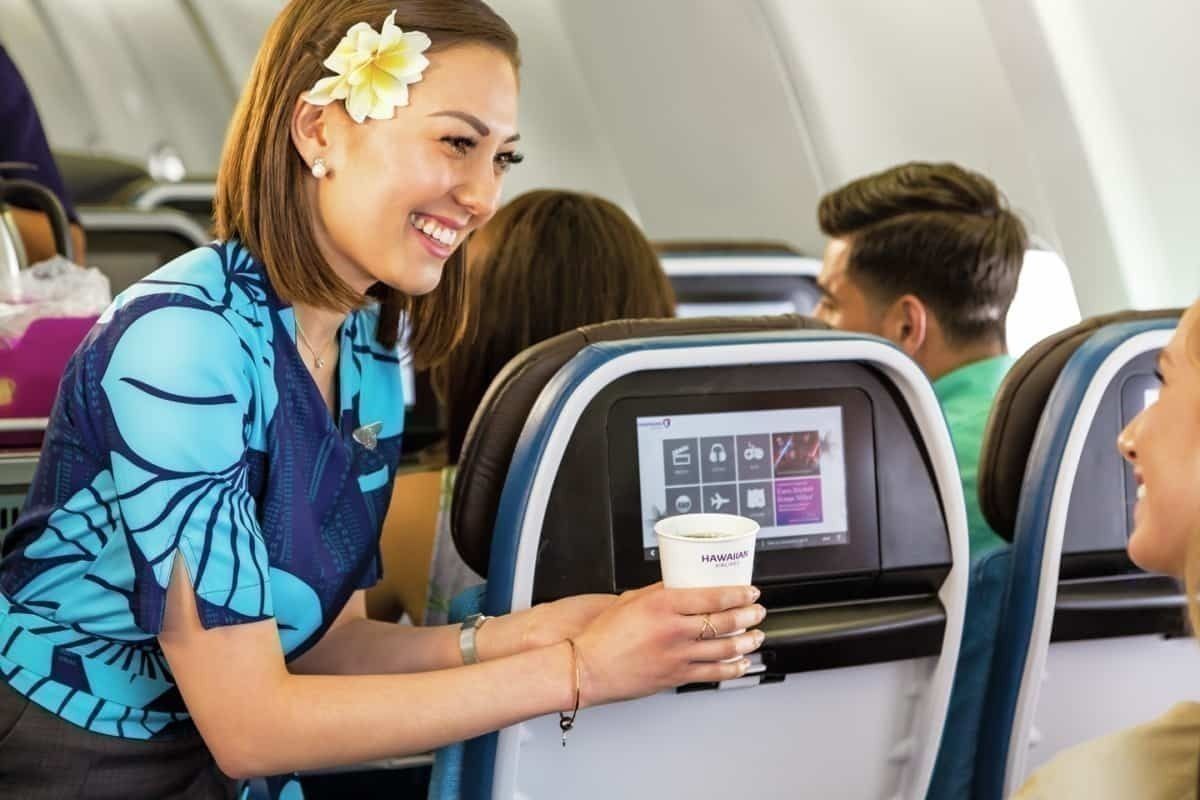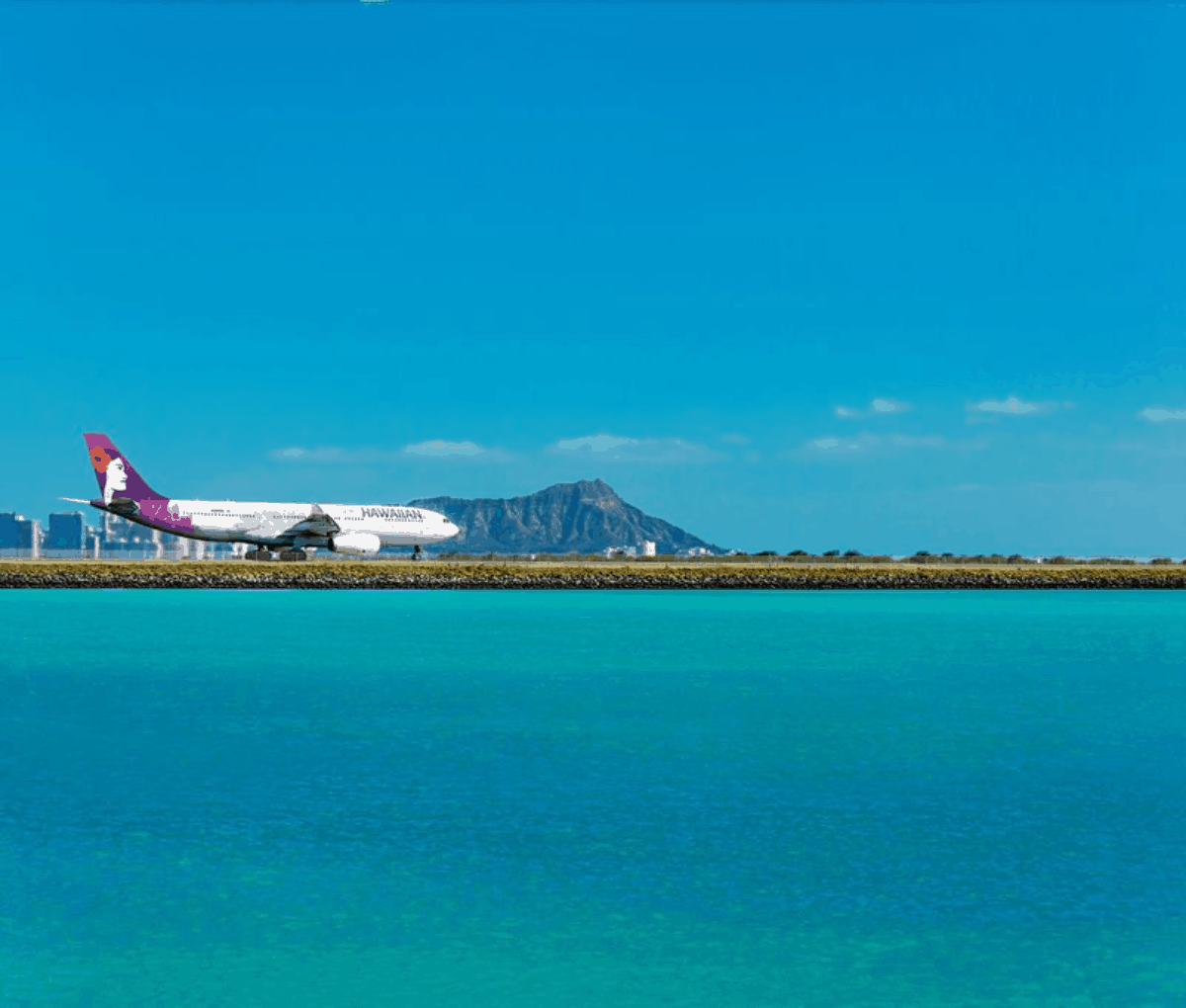An increasing number of Hawaiian Airlines' employees are testing positive for COVID-19 after attending a training session at the airline's Honolulu HQ. Several days ago, eight employees had tested positive. Yesterday, it was 13 employees. At the time of publishing, the tally of infected employees stands at 14.
Flight attendants training session goes awry
The employees were among 60 who attended flight attendant training in Honolulu in late June. The training was part of the regular FAA mandated training. All the employees and their instructors have been asked to self-quarantine and monitor their health.
"Out of an abundance of caution, we have canceled our flight attendant training for the next two weeks to deep clean our facilities,” a Hawaiian Airlines spokesperson said.
One of the infected flight attendants is said to have worked on a flight last week.
Stay informed: Sign up for our daily aviation news digest.
Another blow for Hawaiian Airlines
Hawaii has dodged many of the COVID-19 problems mainland United States faces. As of July 6, Hawaii had 1,030 cases and 19 deaths. But like airlines everywhere, Hawaiian Airlines has taken a hit. By April, the airline had reduced its scheduled services systemwide by 95%. Most services across to the mainland temporarily ceased.
There is currently a mandatory 14 period of self-quarantine beginning from the time of entry into Hawaii. From August 1, you can avoid that if you can produce proof of a negative coronavirus test.
In tandem with those revised health protocols, Hawaiian Airlines had announced it was resuming limited services back to mainland United States from August 1. There is also going to be more intra-island flying.
The flight attendants union weighs in
It was all sounding kind of promising until the flight attendants started getting sick.
The flight attendants union, the Association of Flight Attendants (AFA), now wants Hawaiian Airlines to reevaluate its training protocols.
“We need to make sure that every airline is instituting effective COVID-19 safety measures, and that we get COVID-19 safety measures instituted from the federal government to ensure one level of safety across the aviation system,” an AFA spokesperson said.
For its part, Hawaiian Airlines says it will be making some changes to its training. Face coverings will be mandatory. There will be electrostatic disinfection and additional time between activities to minimize interactions. The classes will be smaller.
“We are supporting our team members in their recovery, helping contact anyone who may have been at risk of exposure, and reinforcing our office protocols to keep our employees safe,” said the Hawaiian Airlines spokesperson.
Other airlines face similar problems
While the outbreak isn't brilliant news for Hawaiian Airlines, they are not the only airline dealing with such problems.
The airlines aren't exactly bursting with enthusiasm to disclose this kind of information. But as far back as April, over 100 American Airlines employees and 600 Southwest Airlines employees had tested positive for COVID-19.
"Without a doubt, that number will increase in the following days and weeks," an AFA spokesperson said at the time.
Like brushfires, COVID-19 clusters popped up at the airlines. In late April, 70 American Airlines ground crew workers at Phoenix Sky Harbor International Airport tested positive.
Over at Delta Air Lines, over 500 employees have contracted COVID-19. Ten have died.
Meanwhile, as infection rates begin tracking up again, there are reports airline bookings are starting to drop. None of this is good news for Hawaiian Airlines. At this stage, the airline is sticking to its plans and stepping up flying.
But dusting off its planes and getting them in the air again may prove an easier task than putting a lid on COVID-19.



